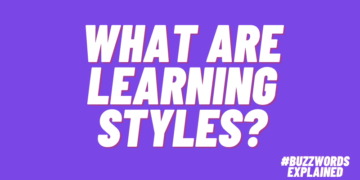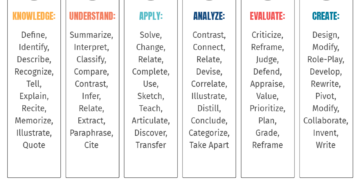Looking for some new ways to teach and learn in your classroom? This roundup of instructional strategies examples includes methods that will appeal to all learners and work for any teacher.
What are instructional strategies?
In the simplest of terms, instructional strategies are the methods teachers use to achieve learning objectives. In other words, pretty much every learning activity you can think of is an example of an instructional strategy. They’re also known as teaching strategies and learning strategies.
These strategies are sometimes broken into five types: direct, indirect, experiential, interactive, and independent. (Learn more about the types of instructional strategies here.) But many learning strategies examples fit into multiple categories. The more options teachers have in their tool kit, the easier it will be to help all learners achieve their goals.
Don’t be afraid to try new strategies from time to time—you just might find a new favorite! Here are some of the most common instructional strategies examples.
1. Problem-Solving
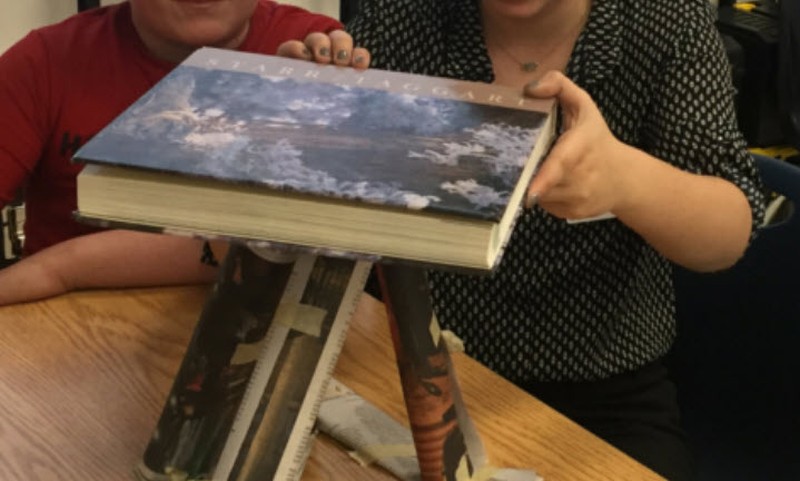
Source: STEM Activities for Kids
In this indirect learning method, students work their way through a problem to find a solution. Along the way, they must develop the knowledge to understand the problem and use creative thinking to solve it. STEM challenges are terrific examples of problem-solving instructional strategies.
Learn more: Teaching Problem Solving
2. Lecture
This method gets a lot of flack these days for being “boring” or “old-fashioned.” It’s true that you don’t want it to be your only instructional strategy, but short lectures are still very effective learning tools. This type of direct instruction is perfect for imparting specific detailed information or teaching a step-by-step process. And lectures don’t have to be boring—just look at TED Talks.
Learn more: Advantages and Disadvantages of Lecturing
3. Didactic Questioning
These are often paired with other direct instruction methods like lecturing. The teacher asks questions to determine student understanding of the material. They’re often questions that start with “who,” “what,” “where,” and “when.”
Learn more: Asking Questions
4. Demonstration
In this direct instruction method, students watch as a teacher demonstrates an action or skill. This might be seeing a teacher solving a math problem step-by-step, or watching them demonstrate proper handwriting on the whiteboard. Usually, this is followed by having students do hands-on practice or activities in a similar manner.
Learn more: Preparing Effective Demonstrations for the Classroom and Laboratory (PDF)
5. Storytelling
Ever since Aesop’s fables, we’ve been using storytelling as a way to teach. Stories grab students’ attention right from the start and keep them engaged throughout the learning process. Real-life stories and fiction both work equally well, depending on the situation.
Learn more: Storytelling in the Classroom
6. Drill & Practice
If you’ve ever used flash cards to help kids practice math facts, or had your whole class chant the spelling of a word out loud, you’ve used drill & practice. It’s another one of those traditional instructional strategies examples. When kids need to memorize specific information or master a step-by-step skill, drill & practice really works.
Learn more: Drill and Practice
7. Spaced Repetition
Often paired with direct or independent instruction, spaced repetition is a method where students are asked to recall certain information or skills at increasingly longer intervals. For instance, the day after discussing the causes of the American Civil War in class, the teacher might return to the topic and ask students to list the causes. The following week, the teacher asks them once again, and then a few weeks after that. Spaced repetition helps make knowledge stick, and it is especially useful when it’s not something students practice each day but will need to know in the long term (such as for a final exam).
Learn more: Spaced Repetition: A Guide to the Technique
8. Project-Based Learning
When kids participate in true project-based learning, they’re learning through indirect and experiential strategies. As they work to find solutions to a real-world problem, they develop critical thinking skills and learn by research, trial and error, collaboration, and other experiences.
Learn more: What Is Project-Based Learning?
9. Concept Mapping
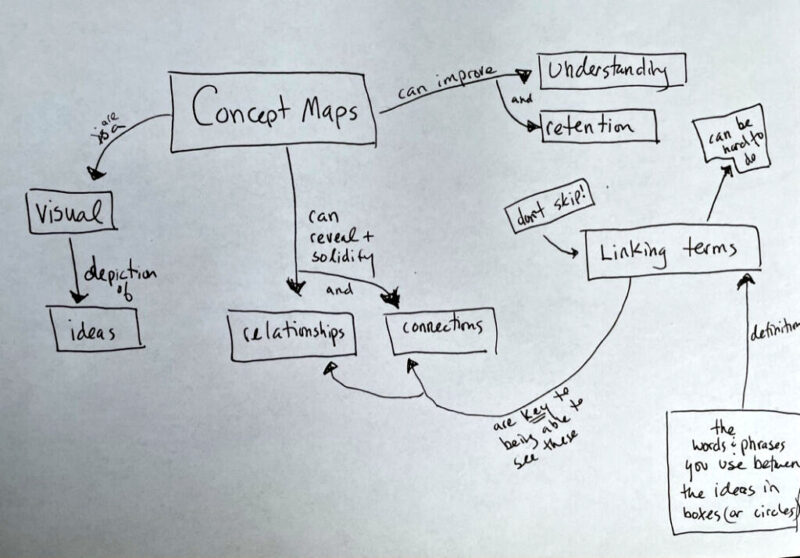
Source: Cornell University
Students use concept maps to break a subject down into its main points, and draw connections between these points.
Learn more: Concept Mapping at Cornell University
10. Case Studies
When you think of case studies, law school is probably the first thing that jumps to mind. But this method works at any age, for a variety of topics. This indirect learning method teaches students to use material to draw conclusions, make connections, and advance their existing knowledge.
Learn more: The Case Method
11. Reading for Meaning
This is different than learning to read. Instead, it’s when students use texts (print or digital) to learn about a topic. This traditional strategy works best when students already have strong reading comprehension skills. Try our free reading comprehension bundle to give students the ability to get the most out of reading for meaning.
Learn more: Reading for Meaning
12. Science Experiments
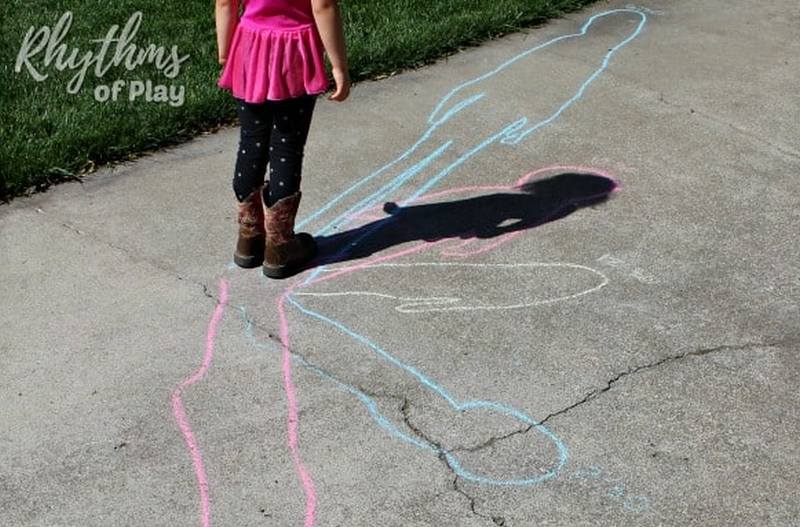
Source: Rhythms of Play
This is experiential learning at its best. Hands-on experiments let kids learn to establish expectations, create sound methodology, draw conclusions, and more.
Learn more: Hundreds of Science Experiment Ideas for Kids and Teens
13. Field Trips
Heading out into the real world gives kids a chance to learn indirectly, through experiences. They may see concepts they already know put into practice, or learn new information or skills from the world around them.
Learn more: The Big List of PreK-12 Field Trip Ideas
14. Games
Teachers have long known that playing games is a fun (and sometimes sneaky) way to get kids to learn. You can use specially-designed educational games for any subject. Plus, regular board games (like these classroom favorites) often involve a lot of indirect learning about math, reading, critical thinking, and more.
Learn more: 10 Benefits to Playing Games in the Classroom
15. Simulations
This strategy combines experiential, interactive, and indirect learning all in one. The teacher sets up a simulation of a real-world activity or experience. Students take on roles and participate in the exercise, using existing skills and knowledge or developing new ones along the way. At the end, the class reflects separately and together on what happened, and what they learned.
Learn more: A Simple Approach to Using Simulations in Any Classroom
16. Service Learning
This is another instructional strategies example that takes students out into the real world. It often involves problem-solving skills and gives kids the opportunity for meaningful social-emotional learning.
Learn more: What Is Service Learning?
17. Peer Instruction
It’s often said the best way to learn something is to teach it to others. Studies into the so-called “Protégé Effect” seem to prove it too. In order to teach, you first must understand the information yourself. Then, you have to find ways to share it with others—sometimes more than one way. This deepens your connection to the material, and it sticks with you much longer. Try having peers instruct one another in your classroom, and see the magic in action.
Learn more: Want Students To Remember What They Learn? Have Them Teach It
18. Debate
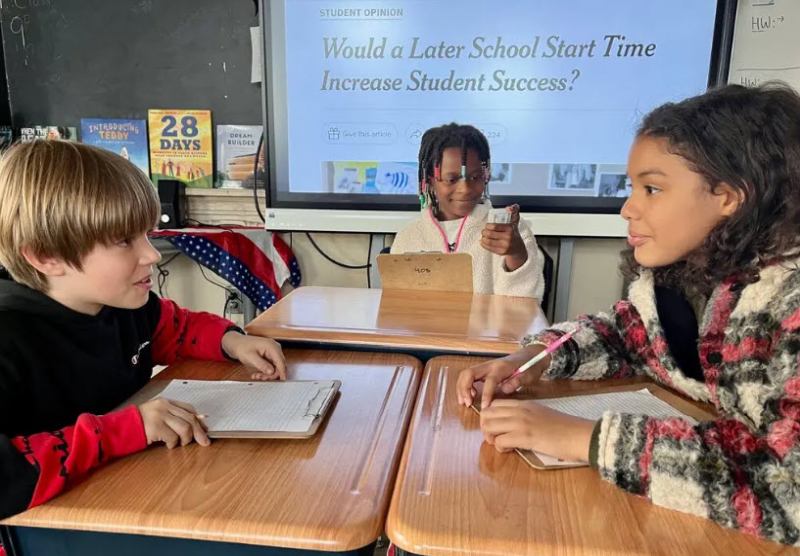
Source: The New York Times
Some teachers shy away from debate in the classroom, afraid it will become too adversarial. But learning to discuss and defend various points of view is an important life skill. Debates teach students to research their topic, make informed choices, and argue effectively using facts instead of emotion.
Learn more: 100 High School Debate Topics To Engage Every Student
19. Class or Small-Group Discussion
Class, small-group, and pair discussions are all excellent interactive instructional strategies examples. As students discuss a topic, they clarify their own thinking and learn from others’ experiences and opinions. Of course, in addition to learning about the topic itself, they’re also developing valuable active listening and collaboration skills.
Learn more: 13 Strategies to Improve Classroom Discussions
20. Fishbowl
Take your classroom discussions one step further with the fishbowl method. A small group of students sits in the middle of the class. They discuss and debate a topic, while their classmates listen silently and make notes. Eventually, the teacher opens the discussion to the whole class, who offer feedback and present their own assertions and challenges.
Learn more: How I Use Fishbowl Discussions to Engage Every Student
21. Brainstorming
Rather than having a teacher provide examples to explain a topic or solve a problem, students do the work themselves. Remember the one rule of brainstorming: Every idea is welcome. Ensure everyone gets a chance to participate, and form diverse groups to generate lots of unique ideas.
Learn more: Brainstorming in the Classroom
22. Role-Playing
Role-playing is sort of like a simulation but less intense. It’s perfect for practicing soft skills and focusing on social-emotional learning. Put a twist on this strategy by having students model bad interactions as well as good ones and then discussing the difference.
Learn more: How To—and How Not To—Teach Role Plays
This structured discussion technique is simple: First, students think about a question posed by the teacher. Pair students up, and let them talk about their answer. Finally open it up to whole-class discussion. This helps kids participate in discussions in a low-key way and gives them a chance to “practice” before they talk in front of the whole class.
Learn more: Think-Pair-Share and 10 Fun Alternatives
24. Learning Centers
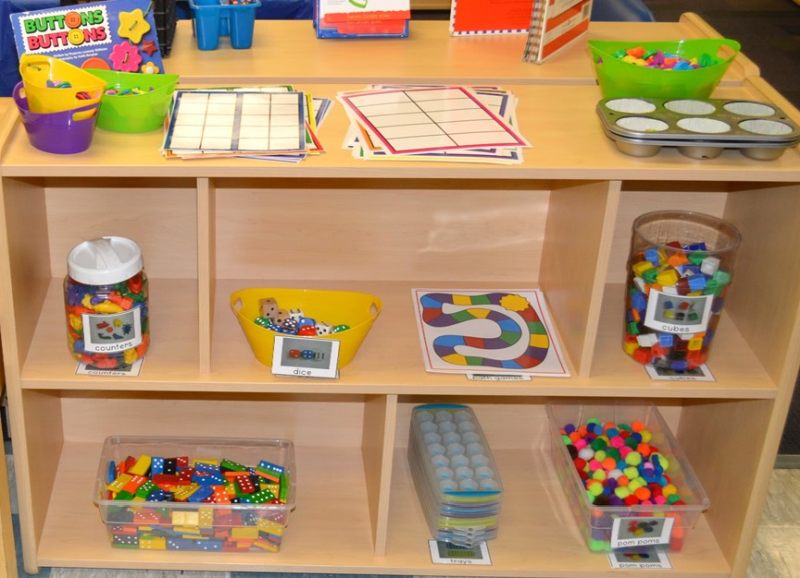
Source: Pocket of Preschool
Foster independent learning strategies with centers just for math, writing, reading, and more. Provide a variety of activities, and let kids choose how they spend their time. They often learn better from activities they enjoy.
Learn more: 6 Important Benefits of Learning Centers in the Classroom
25. Computer-Based Instruction
Once a rarity, now a daily fact of life, computer-based instruction lets students work independently. They can go at their own pace, repeating sections without feeling like they’re holding up the class. Teach students good computer skills at a young age so you’ll feel comfortable knowing they’re focusing on the work and doing it safely.
Learn more: Computer-Assisted Instruction and Reading
26. Essays
Writing an essay encourages kids to clarify and organize their thinking. Written communication has become more important in recent years, so being able to write clearly and concisely is a skill every kid needs. This independent instructional strategy has stood the test of time for good reason.
Learn more: The Big List of Essay Topics for High School
27. Research Projects
Here’s another oldie-but-goodie! When kids work independently to research and present on a topic, their learning is all up to them. They set the pace, choose a focus, and learn how to plan and meet deadlines. This is often a chance for them to show off their creativity and personality too.
Learn more: Tips and Ideas for Research Projects in the Classroom
28. Journaling
Personal journals give kids a chance to reflect and think critically on topics. Whether responding to teacher prompts or simply recording their daily thoughts and experiences, this independent learning method strengthens writing and intrapersonal skills.
Learn more: The Benefits of Journaling in the Classroom
29. Graphic Organizers
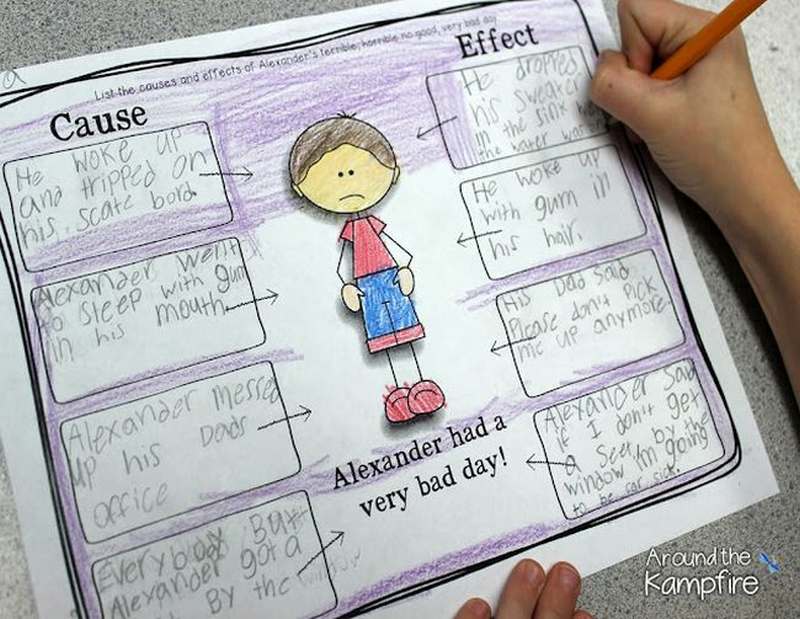
Source: Around the Kampfire
Graphic organizers are a way of organizing information visually to help students understand and remember it. A good organizer simplifies complex information and lays it out in a way that makes it easier for a learner to digest. Graphic organizers may include text and images, and help students make connections in a meaningful way.
Learn more: Graphic Organizers 101: Why and How To Use Them
30. Jigsaw
Jigsaw combines group learning with peer teaching. Students are assigned to “home groups.” Within that group, each student is given a specialized topic to learn about. They join up with other students who were given the same topic, then research, discuss, and become experts. Finally, students return to their home group and teach the other members about the topic they specialized in.
Learn more: Why Use Jigsaw?



